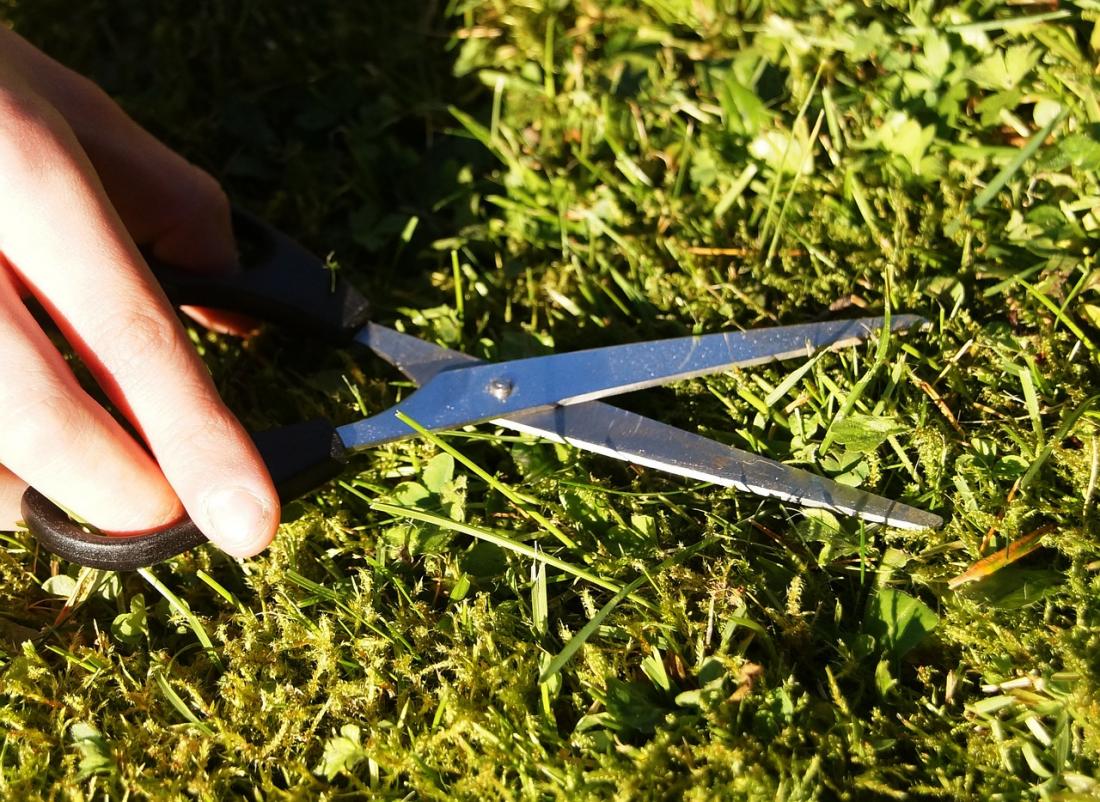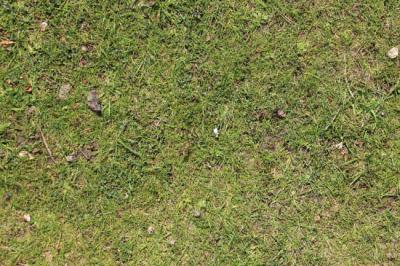Zoysia grass is a warm-season turfgrass with a light-green tint popular for commercial and residential lawns. Though the grass thrives in temperatures ranging from 80 to 95 degrees Fahrenheit, it will go into dormancy if temperatures fall below 55 degrees Fahrenheit, making it ideal for areas with long warm seasons and short, mild winters.
Unlike most warm-season grasses, zoysia can withstand winter temperatures and emerge from dormancy to continue growing in the spring. Zoysia grass is also extremely hardy, with a stolon-based root structure that outcompetes many weeds.
In this article, we will guide you on how to grow a Zeon zoysia lawn. Our company specializes in Sods, and we are fully capable of guiding you through the process. So, let's get on with the ultimate guide to zeon zoysia grass:
Tips For Growing Zeon Zoysia and Centipede Sod
Make a Watering Schedule for Your New Lawn
Because the roots of the young empire zoysia sod are so short, they can only hold so much water at one time. Watering new sod regularly is critical. According to Atlanta Sod Farms, water your sod thoroughly about 15 minutes after being laid down. When laying new sod, exercise extreme caution. Your primary goal is to keep the surrounding area wet.
Water new sod every other day for about 15-20 minutes during the first and second weeks. The best times to exercise are in the morning and evening.
After the third week, you can skip watering fresh sod for two days. This allows the soil to dry out slightly. Walking on it will be possible once it is finished.
Mowing the newly installed lawn
Wait for the roots to develop and become established in the soil before you begin mowing your new grass. It's best to wait until your new sod is about 3.4 to 4 inches tall, which should take about 6-7 days after installation. Simply take one-third of the leaf when mowing to keep your plants healthy.
Keeping grass clippings on your lawn is beneficial as they provide a good source of nitrogen. However, it's important to remove and rake away any clumps that may have formed on your lawn due to the extensive watering of the new sod. Additionally, consider mowing your grass in a different direction each time to promote even growth. With consistent care, you'll transform your lawn with Zoysia grass sod.
When Can You Fertilize New Centipede Grass Sod?
Because you fertilized it before harvesting, new emerald zoysia grass sod does not require fertilizer to begin growing right away. Instead of fertilizing and hastening new growth, allow the grass to establish itself naturally.
It is best to fertilize one month after installation. You'll need to use a 7-7-7 fertilizer to get any growth going. Feed your lawn three or four times during the growing season to keep it healthy.
By keeping insects away from the grass, pesticides, and fertilizers can help to reduce the risk of illness. The fertilizer you'll need depends on the type of sod you're using and the type of soil you've evaluated. To determine the soil's pH level, you can purchase a pH test kit from the store.
How to Remove Weeds from Your New Sod Bed
Our experts warn that weed control on the lawn is critical. You must remove weeds, either mechanically or chemically. Your lawn is now weed-free, and if you keep an eye on it, you may be able to avoid a more serious problem in the future.
The Advantages of Lawn Aeration
After your grass has had time to establish itself, you should aerate it once a season. Water, air, and nutrients are required for a plant to thrive and grow well and thickly. When even a fraction of an inch compacts the soil, it can significantly impact the health and appearance of your lawn.
Aerating your lawn creates small holes in the soil's surface, allowing more oxygen, water, and nutrients to reach the roots of your lawn. Even if you only do this once a season, thicker, you may support healthier grass for years to come. So, it doesn't matter if you have missed out on the best time to lay sod; you can care for it to make it thrive.
Frequently Asked Questions
What is the best time of year to lay sod?
Cool-season grasses grow best in early autumn or early spring, and warm-season grasses in mid-late spring.
How long does it take sod to root?
This is determined by the season. The sooner sod takes root, the warmer the temperature. In the summer, your sod should root in five to fifteen days, and in the winter, it should root in 20 to 30 days.
Should you fertilize new sod?
Feed your grass three to four times throughout the growing season to keep it healthy. Nitrogen should be applied in slow-release or controlled-release forms, but notably in the spring and autumn.






